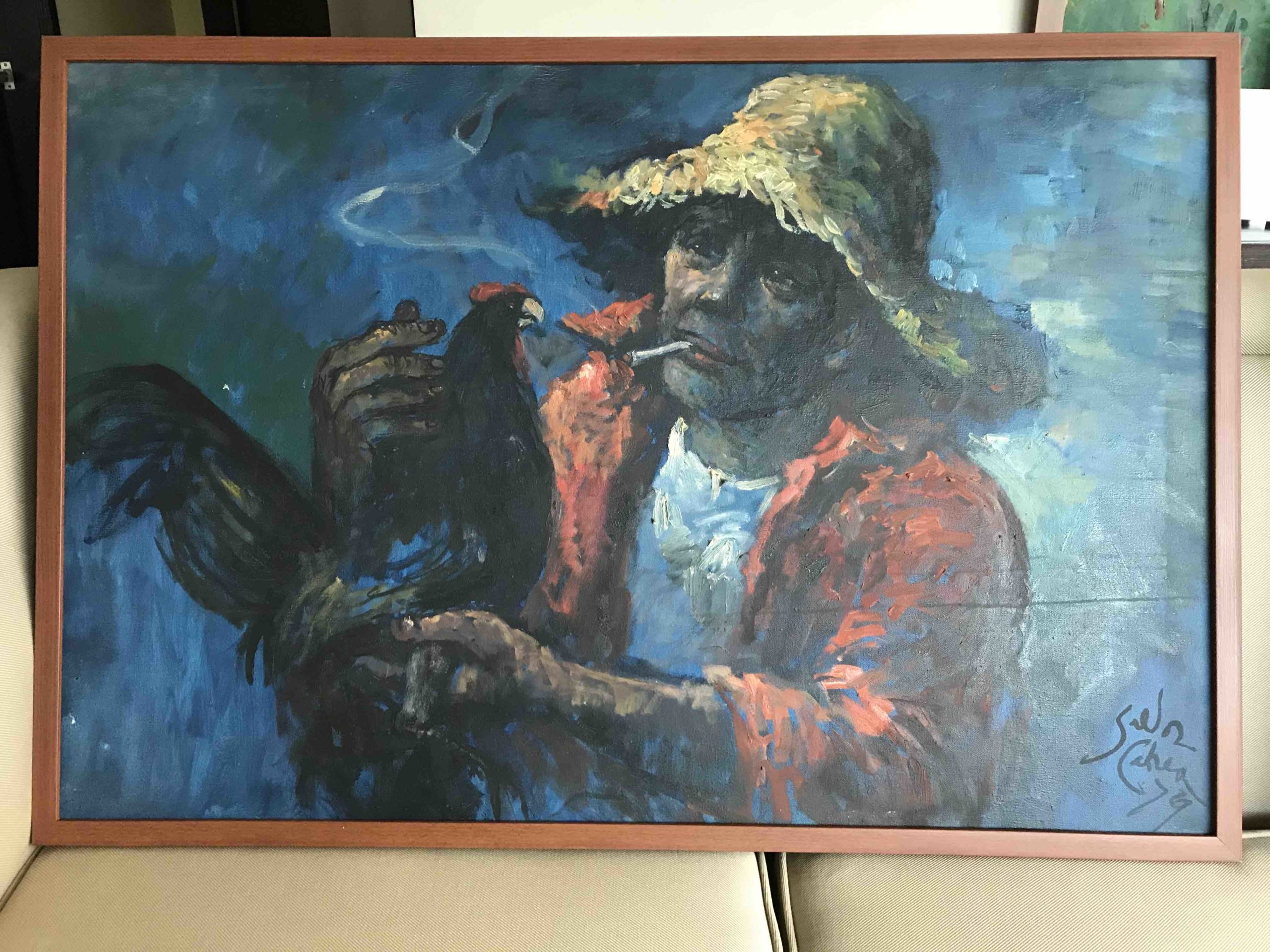
In the postwar era, Calle A. Mabini, named after the patriot and political genius of the Philippine revolution Apolinario Mabini, became a commercial hub that catered to tourists and locals basking in the rise of progressive Manila. The beehive of commerce and trade also became a cultural district, especially with the rise of art galleries that dotted every corner of Mabini and of M.H. del Pilar Street, in the districts of Malate and Ermita. “More than anything, Mabini is painters’ domain,” wrote Luning Ira and Isagani Medina in “The Streets of Manila” (1977).
They’re all over Ermita but the street gave them a name and a genre—“‘Mabini Art,’” Ira and Medina continued. “It denotes the artists who broke away from the Modernists to exhibit at the Luneta in the early fifties and, after a typhoon flattened down their open-air gallery, took root in Ermita.”
Ira and Medina were referring to the 1955 Art Association of the Philippines Annual contest in which the awards were swept by the modernists. Infuriated, the rival conservatives walked out and hung their entries in Rizal Park.
“This event also marked the beginning of the Mabini painters, academy-trained conservatives who posted their alternative exhibits in their studios at the Luneta and Mabini district,” wrote art critic Alice Guillermo.
Mabini Art might have had a derogatory meaning when it started, owing to its crowd-pleasing and cheap canvases that might reek of saccharine sensibility. But it later evolved into a full-scale movement that involved both conservatives and modernists. This is so because Philippine art became an export commodity, and both traditional genre works and modern works were rife for the taking by collectors here and abroad.
“The academicians aren’t smiling so broadly anymore,” wrote Ira and Medina, “for Mabini Art has made it in export, by the tens of thousands, and is a respectable dollar earner.
Yolanda’s Art Gallery
One of the several art shops in the Mabini Art scene was Yolanda’s Art Gallery. Its proprietor was Yolanda Buan, who belonged to an old Ermita family and who witnessed the rise and decline of the Manila tourist district as a hub of culture and the arts.
Buan has been based mainly in the United States for the past several years, but she continues to spend certain periods of the year in Manila. Now in her 70s, she has brought back representative works of artists that Yolanda’s used to carry and even export.The works have been on exhibit at the National Commission for Culture and the Arts (NCCA) Gallery since Feb. 10 in celebration of National Arts Month.
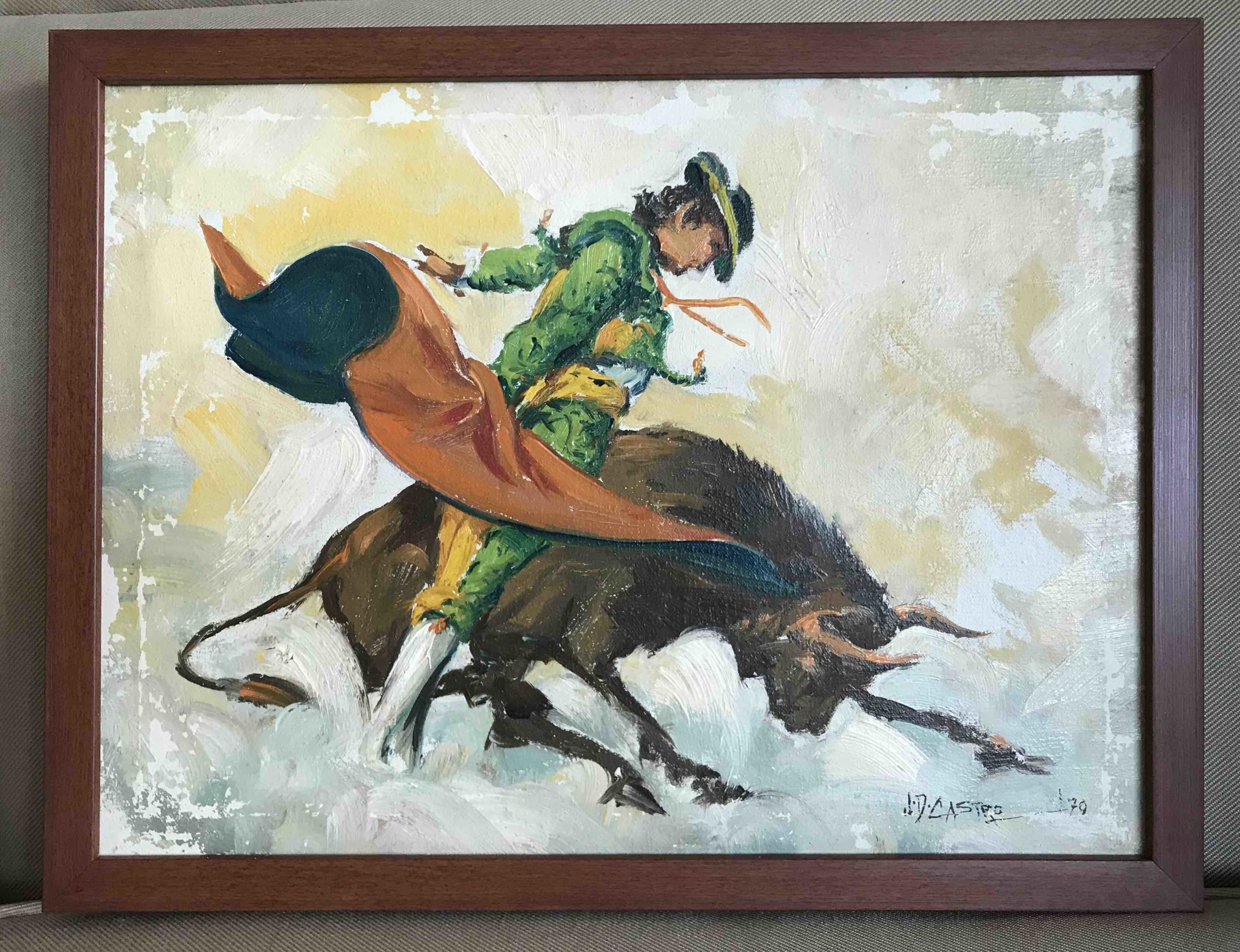
Curated by Delan Robillos, NCCA Gallery consultant and immediate former head of the NCCA National Committee on Galleries and Museums, “Balikbayan: The Art of Finding Home” features “repatriated” art, that is, Philippine artworks that have been exported and now find their way home in order to be reintroduced and appreciated by a new generation of art lovers.
“Balikbayan” features the works of Paco Gorospe, Crispin V. Lopez, Salvador Cabrera, J.D, Castro, Cesar Buenaventura and Edgar Doctor.
Crispin V. Lopez
The most senior of the artists to be exhibited is Crispin V. Lopez (1903-1985), who belonged to a family of artists from Bulacan.
Lopez made a name for himself before the war, winning first prize in the Rizal Portait Contest in 1937 sponsored by Malacañang on the occasion of the 75th birth anniversary of the patriot.
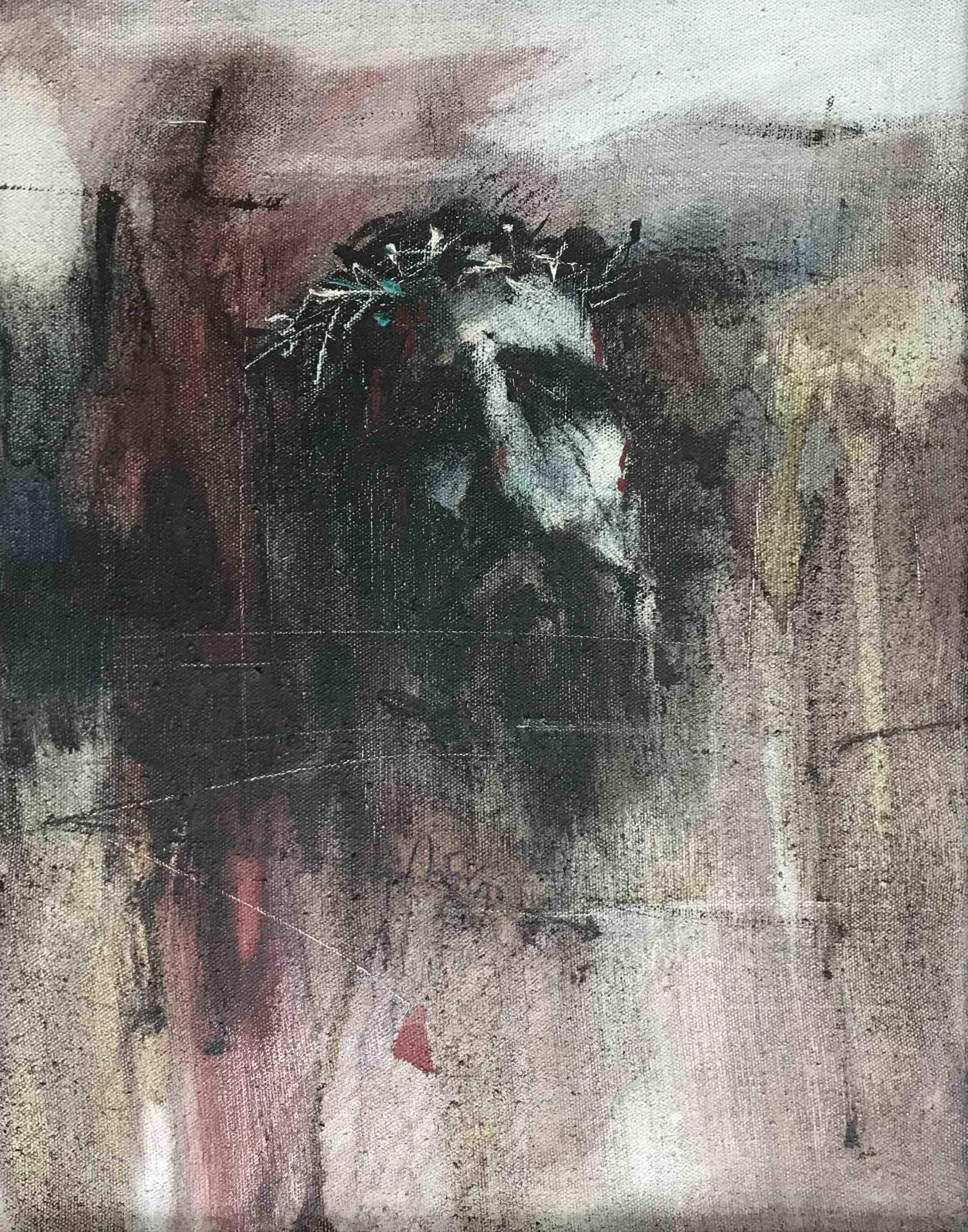
According to Santiago Albano Pilar, Lopez was noted for the “vivid realism” of his works, achieving the technique independent of the Fernando Amorsolo school. “His paintings can be distinguished [by] their emphasis on tonal contrast that approaches that of photography.” This is very evident in the landscapes included in the exhibit. “Landscape” and “Bridge,” both dated 1982, which appear to approach the status of photography. In contrast, Lopez’s “Matador” (1977) and “Sabong” (1979) are dynamic renditions of their inherently animated subjects.
J.D. Castro
Jose D. Castro (1908-1994) from Nueva Ecija took art lessons from Fabian de la Rosa. In 1933, Castro placed second in the painting contest of the United Philippine Annual. He also worked for stage and film and did still lifes commissioned by National Book Store.
His works on exhibit in “Balikbayan” run the gamut of Philippine genres: heritage churches and structures (“Santa Cruz Church,” 1976; “Binondo Church,” 1980; and “Fuente España,” 1978), Intramuros and other Old Manila scenes (“Puerto Real,” 1980; “Parian,” 1980; “Santa Lucia,” 1980; “Postigo Gate,” 1980; and “Isabel II,” 1980), bullfighting (“Matador” series of 1979) and cockfighting (“Sabungero,” 1976).
Cesar Buenaventura
Cesar Buenaventura (1922-1983) was the son of Teodoro Buenaventura, among the original faculty of the University of the Philippines (UP) School of Fine Arts under its first dean, Fabian de la Rosa.
Coming to his own especially after the 1955 walkout, Buenaventura became the foremost painter of the Mabini Art movement. Buenaventura was, according to Cid Reyes, “Mabini Art’s dazzling lodestar.”
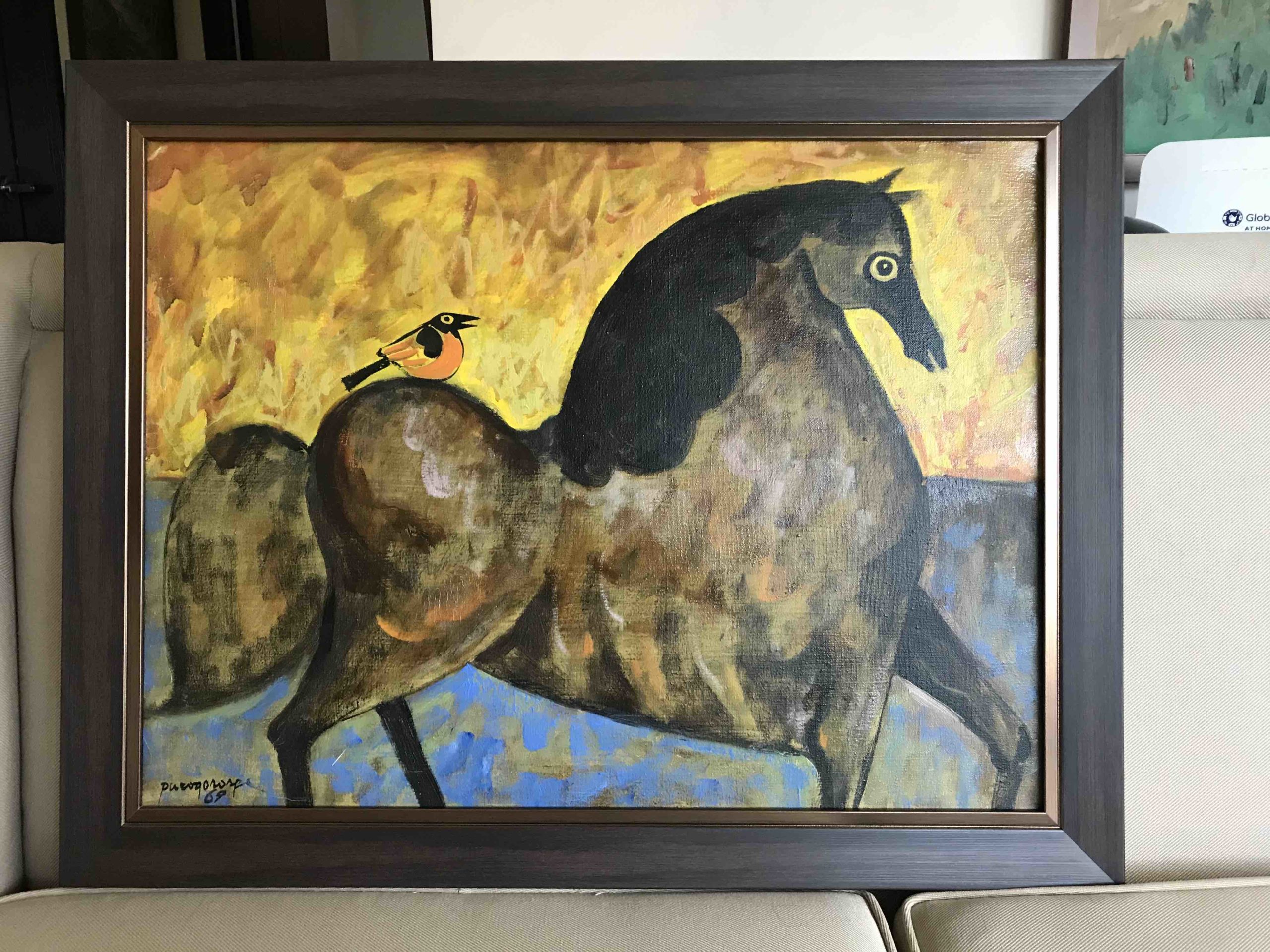
All of these genre works can be seen in the “Balikbayan” exhibit: “Fishing Village” (1970), “Market Scene” (1970), “Sabong” (1970), “Creek” (1970), “Countryside” (1970), “Simbang Gabi” (1965).
Salvador Cabrera
Mabini Art was associated with bohemian art, and among Ermita artists, the most bohemian was Salvador Cabrera, older brother of National Artist Benedicto “BenCab” Cabrera, who described him as the “happy painter.” He painted children, clowns, beggars and ordinary people, all hallmarks of his inherently optimistic, happy personality, and of his family roots in Bambang Street, Sta. Cruz, Manila.
Cabrera, like BenCab, studied fine arts at UP, originally located in Padre Faura Streeet, Ermita, but didn’t finish. His contemporaries in art school were Araceli Limcaco Dans, Celia Diaz Laurel, Juvenal Sansó, Federico Aguilar Alcuaz and Jose “Pitoy” Moreno. He himself put up his own gallery, Sining Gallery on M.H. del Pilar Street. Like BenCab, he also worked as a newspaper artist and cartoonist. He was known to be generous to younger artists, often treating them to food and drinks. Onib Olmedo learned anatomy and nude painting from him. Cabrera died in 1986.
“Balikbayan” has generous samplings of Cabrera’s art: “Fish Vendors,” 1979; “Sabungero,” 1979; “Fishing,” 1979; “Boys Fishing,” 1978; and “Mother and Child,” 1979.
Paco Gorospe
Paco Gorospe (complete name Francisco Gorospe Sy: 1939-2002), was a Binondo-born Chinese-Filipino who learned art by painting giant movie billboards in Mindanao.
Returning to Manila in the 1960s, he took up fine arts at the University of Santo Tomas (UST) but didn’t finish. He started his own art gallery while also consigning his works to other galleries, including Yolanda’s. Gorospe was influenced by Pablo Picasso. The influence is very evident in “Bird on a Horse,” exhibited at the NCCA Gallery.
Among his more avid collectors was Philippine Art Gallery founder Lyd Arguilla. He exhibited in the United States, Switzerland, Germany, Denmark, Hong Kong and Japan.
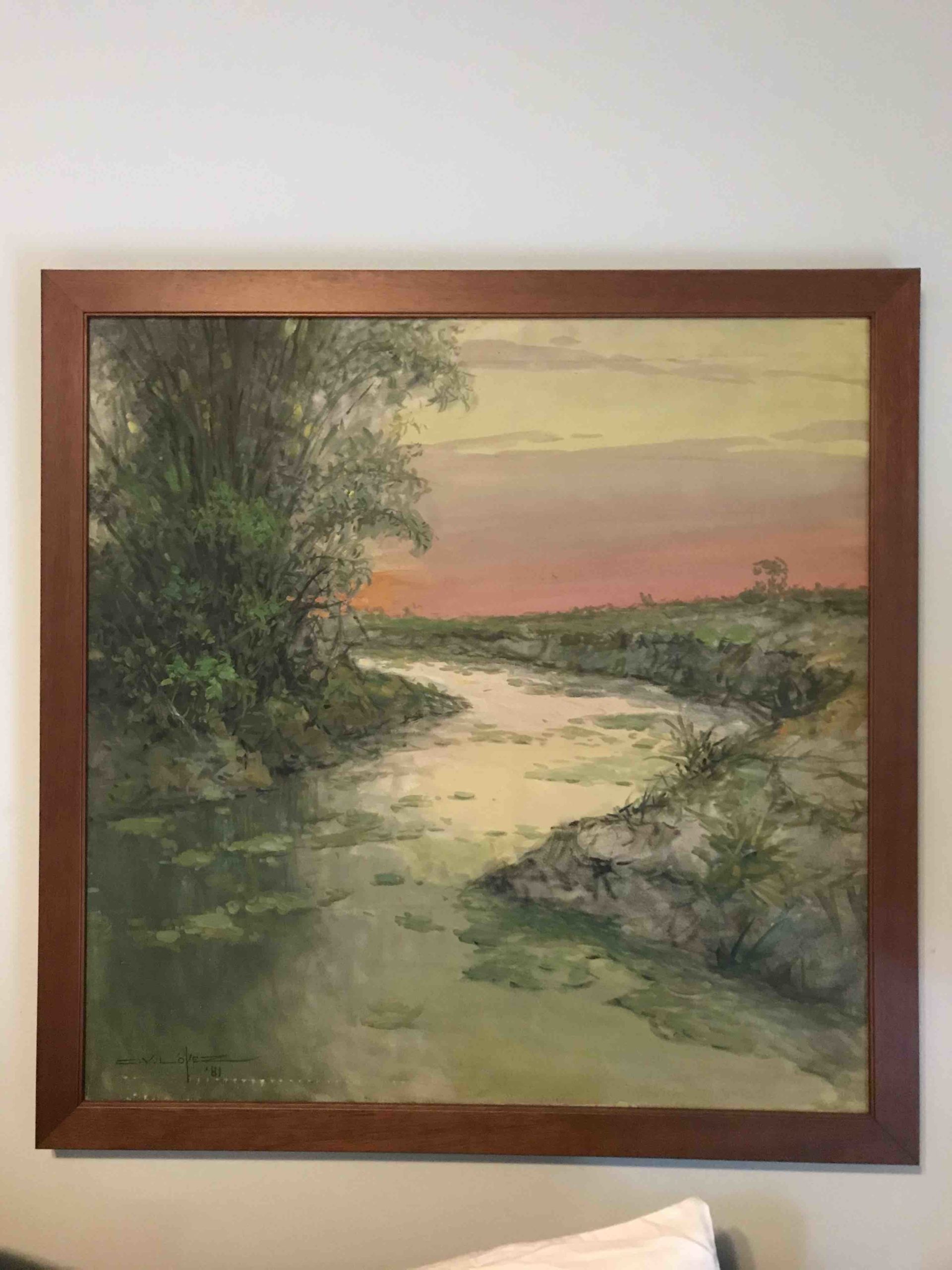
“Paco’s only regret,” wrote Augustinian friar Gilbert Luis Centina in a magazine article in 1974, “is the way some artists of that other school arrogate upon themselves the title of ‘authentic painters.’ Not only that, ‘they despise us from the Ermita school because, they say, we commercialize our paintings… Paco can only smile at this hypocrisy.”Edgar Doctor
Among the Yolanda Gallery artists to be exhibited at the NCCA, Edgar Doctor (born 1941) may be the most familiar to contemporary art lovers. After all, he’s very accomplished and very prolific, with works straddling the different mediums—from painting to sculpture and even ceramics. He was also an early recipient of the Cultural Center of the Philippines (CCP) Thirteen Artists Award.
Educated at the UST School of Fine Arts headed by National Artist Victorio Edades, Doctor’s versatility could be gleaned from the works on exhibit at the NCCA Gallery from the Yolanda Buan collection: “Kristo,” 1972; “Nude,” 1974; “Serenade,” 1970; “Abstract Kristo,” 1974; “Nature,” 1973; “Abstract Nature,” 1973; “Sabungero,” 1974; “Inuman,” 1974; “Girl with Vase,” 1973; “Pond,” 1971; “Redeemer,” 1970; “Abstract,” 1972; “Oracion” (Man with Carabao), 1973; “Violinist,” 1972; “Scarecrow,” 1973; “Mountain View,” 1972.
Mabini Art has lately enjoyed new academic and popular respectability especially since the members of the school cannot be exactly dismissed. They’re artists in the true sense of the term. It also helped that in 2014, the CCP mounted an exhibit to pay homage to the Mabini Art Movement.
The new positive regard for Mabini Art should be consolidated by “Balikbayan.” Exported by the thousands in the 1960s, 1970s and early 1980s, Mabini Art was truly an export product and in a manner of speaking, it introduced Philippine art to the world. Now some of those works have come home. They deserve a welcome that should be as warm as their celebratory colors. INQ“Balikbayan: The Art of Finding Home” at the NCCA Gallery in Intramuros, Manila runs until Feb. 29.








































